
Frances Wensley onboard her expedition yacht

2015 has proved a bumper year for student expeditions, with 12 unique trips, ranging from from Kyrgyzstan to Iceland.
For nearly 60 years, intrepid Imperial students have set out to every corner of the globe on unique and daring expeditions combining adventure with research − supported by the College’s Exploration Board.
They have climbed unconquered peaks in Alaska; trekked through the Amazonian jungle; and even studied the practise of entomophagy (insect eating) in West Africa.
The thirst for adventure amongst the student body remains undiminished
– Dr Lorraine Craig
Chair, Exploration Board
Each trip is meticulously planned and risk-assessed then scrutinised by the Board’s diverse panel which counts Everest mountaineers and health experts among its members. In some years only one or two expeditions might gain the Board’s approval. Yet, 2015 has proved a watershed, with a record 12 bids for trips supported − much to the delight of Exploration Board Chair Dr Lorraine Craig, from the Department of Earth Science & Engineering.
“The thirst for adventure amongst the student body remains undiminished,” she says. “Students now undertake innovative expeditions that might not previously have been possible, taking advantage of improved equipment or greater accessibility to areas.”
Below, we take a closer look at four unique expeditions:
Running the gauntlet
Iceland is a place of extreme contrast, with great glaciers interspersed with active volcanoes and hot geysers. How best to take in the full spectrum of this rugged and largely inaccessible country? For maths undergraduate Ellie Johnstone and alumnus Jack Redvers Harris (Aeronautical Engineering, 2014) the answer was traversing the entire island from south to north using fastpacking. This technique is a cross between backpacking and fell running, using lightweight kit − stove, tent and supplies − enabling exponents to cover great distances over challenging terrain, almost entirely self-sufficiently. “Jack and I had both done three day fastpacking trips. We came to the realisation that it might just be possible to go for longer.”
 During July, Ellie and Jack covered 400km in just 12 days, averaging around a marathon in distance a day. They had arranged for a limited number of food pick-up points along the route, but otherwise intake has to be carefully rationed. “Surprisingly we never found ourselves that hungry. Your stomach shrinks to adapt and we both lost weight. It’s really all about striking the right balance in fastpacking. For example, if you run too fast, you’ll run out of water too quickly, but if you go too slow it will take longer and you’ll need more water.” One of the biggest challenges was running over recent solidified lava flows. Their route took them over areas that were volcanically active as early as February. “The surfaces are highly frictioned, crumbly and jagged − you’ve got to place your feet carefully. In the end my trainers were shredded!”
During July, Ellie and Jack covered 400km in just 12 days, averaging around a marathon in distance a day. They had arranged for a limited number of food pick-up points along the route, but otherwise intake has to be carefully rationed. “Surprisingly we never found ourselves that hungry. Your stomach shrinks to adapt and we both lost weight. It’s really all about striking the right balance in fastpacking. For example, if you run too fast, you’ll run out of water too quickly, but if you go too slow it will take longer and you’ll need more water.” One of the biggest challenges was running over recent solidified lava flows. Their route took them over areas that were volcanically active as early as February. “The surfaces are highly frictioned, crumbly and jagged − you’ve got to place your feet carefully. In the end my trainers were shredded!”
Arctic ascension
Growing up in Vancouver, Canada, surrounded by water, Frances Wensley starting sailing small dinghies aged just five. She raced competitively throughout university, where she also became interested in longer voyages further off-shore. With time to kill after completing her medicine degree, she took the opportunity to put into action an ambitious plan to sail from England to the Arctic Circle, before looming hospital placements made such a trip impractical. The idea was to take a 35 ft Halberg-Rassy yacht from Ipswich through the North Sea up the west coast of Norway then across the Arctic Ocean to Svalbard. “The Exploration Board were absolutely instrumental in making this a reality by getting us to actually plan things properly, get the permissions we needed and also putting us in touch with other groups and useful contacts.”

Frances and her crew
The Exploration Board were absolutely instrumental in making this a reality
– Frances Wensley
Frances and her crew faced large swells, plummeting temperatures and hazardous icebergs as they ventured further north. “The hardest aspect was the sheer cold – it saps your energy and leaves you with no reserves. It was a battle of wills at times just to keep positive and to come up on deck and do your watch.” Still, the crew were rewarded for their perseverance on approaching land with stunning views of the Norwegian coastline with huge glaciers and wildlife abound − including a pod of orcas and walruses. For the final leg of the journey Frances and crew sailed further North to 80 degrees latitude, just 600 miles from the North Pole − the most northerly point travelled by an Imperial expedition student.
Cycling the Silk Road
Many of Imperial’s student expeditions have a geological or scientific slant, but some also have strong sense of history and culture. In August and September, Imperial medical students Robert Bennett, Chris Holt and Kamil McClelland cycled 2000 miles along the Silk Road – the ancient network of trade and cultural routes that connected West and East in antiquity. The trip was conceived after Kamil, whilst volunteering, struck up a friendship with a 100-year old former archaeologist who had worked in Helmand and surrounding regions. “When we decided an adventure for our final long summer was needed, I knew it had to be Central Asia,” says Kamil. “The ultimate melting pot of the world, it sat at the crossroads of history’s greatest civilisations, absorbing influences from all its borders like a cultural sponge dripping with intrigue and conflict.”
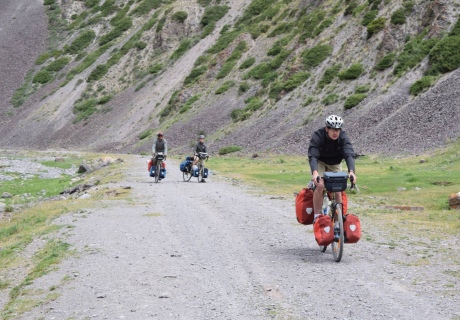 The team spent seven weeks in the saddle travelling from Kyrgyzstan to Kazakhstan via Uzbekistan and Tajikistan, with searing mid-summer heat, punishing hills climbs, and multiple mechanical failures to content with. Along the route they encountered the fascinating people, culture and cuisine of this region. Highlights included attending the opening of a new multi-faith English school in Kyrgyzstan and stumbling upon the ruins of a 7th century citadel destroyed by marauding Mongols in the 12th century.
The team spent seven weeks in the saddle travelling from Kyrgyzstan to Kazakhstan via Uzbekistan and Tajikistan, with searing mid-summer heat, punishing hills climbs, and multiple mechanical failures to content with. Along the route they encountered the fascinating people, culture and cuisine of this region. Highlights included attending the opening of a new multi-faith English school in Kyrgyzstan and stumbling upon the ruins of a 7th century citadel destroyed by marauding Mongols in the 12th century.
Going deeper underground
For claustrophobic lovers of the light, it’s the stuff of nightmares, but for seasoned cavers the appeal of crawling through completely uncharted underground passages is simply obvious. “These days anyone with a smartphone can get an accurate, high resolution satellite views of almost the entire surface of the globe. That’s great, but for us the appeal is going beyond, where there are few if any maps to draw upon,” says physics PhD student Jack Hare, who was part of an eight-person, two-week expedition to explore caves in the Takaka Hill area of New Zealand in April.
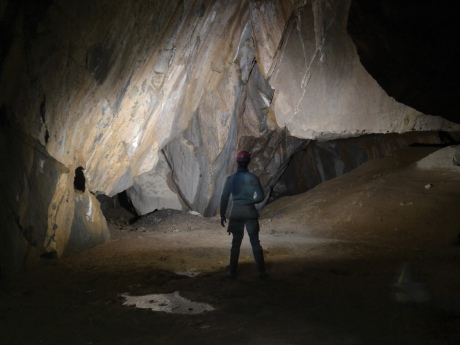 Despite bad weather hampering access to key cave entrances, they uncovered new passages in existing cave systems, which they playfully named Weta than Ever, Black Helix and Red Dog. Jack explains that one of the most important attributes in caving is actually patience. “Sometimes it takes a little imagination to get past an obstacle and you have to wait to ensure all members of the team can pass safely. Risk assessment is particularly important in caving because in the event of something going wrong you’re virtually inaccessible – you cannot simply fly a helicopter into the heart of a mountain.”
Despite bad weather hampering access to key cave entrances, they uncovered new passages in existing cave systems, which they playfully named Weta than Ever, Black Helix and Red Dog. Jack explains that one of the most important attributes in caving is actually patience. “Sometimes it takes a little imagination to get past an obstacle and you have to wait to ensure all members of the team can pass safely. Risk assessment is particularly important in caving because in the event of something going wrong you’re virtually inaccessible – you cannot simply fly a helicopter into the heart of a mountain.”
Slideshow

For more information about the Exploration Board and updates on the other expeditions taking place this year visit the official page
Article text (excluding photos or graphics) available under an Attribution-NonCommercial-ShareAlike Creative Commons license.
Photos and graphics subject to third party copyright used with permission or © Imperial College London.
Reporter
Andrew Czyzewski
Communications Division

Contact details
Email: press.office@imperial.ac.uk
Show all stories by this author

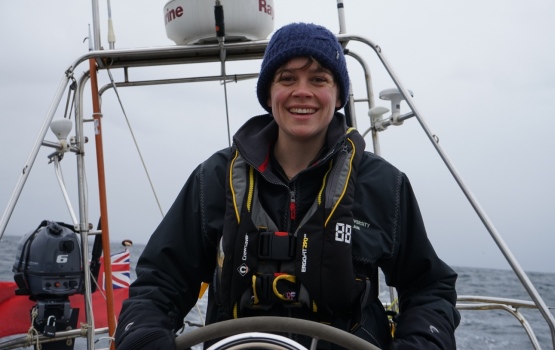
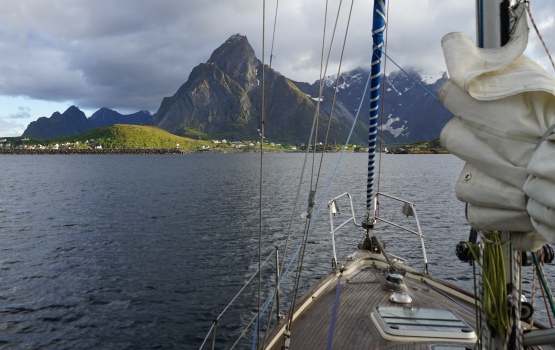
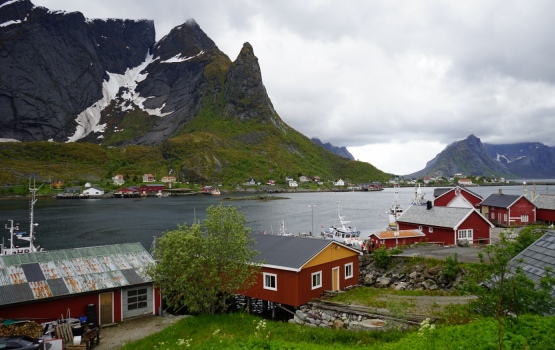
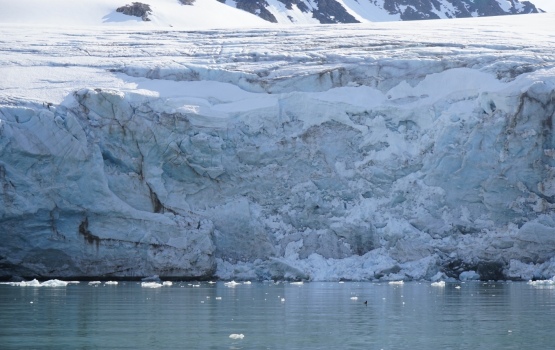
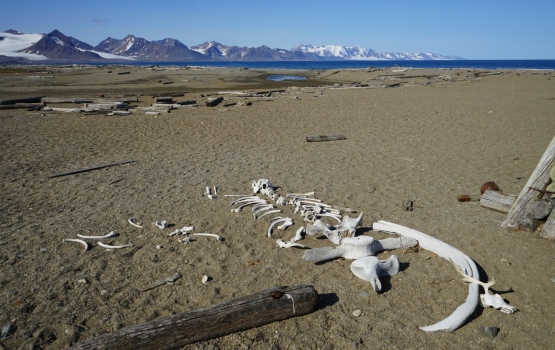


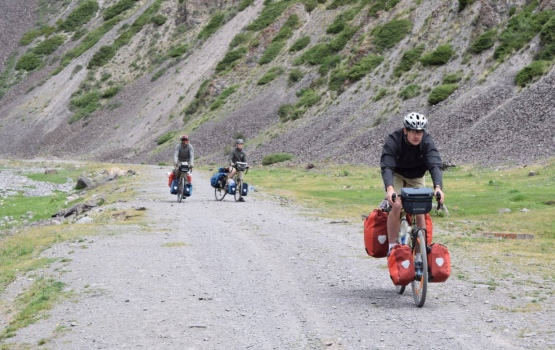
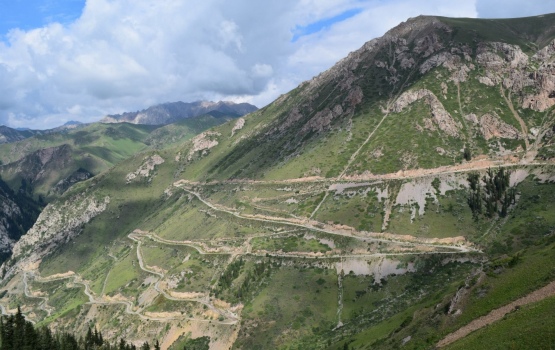
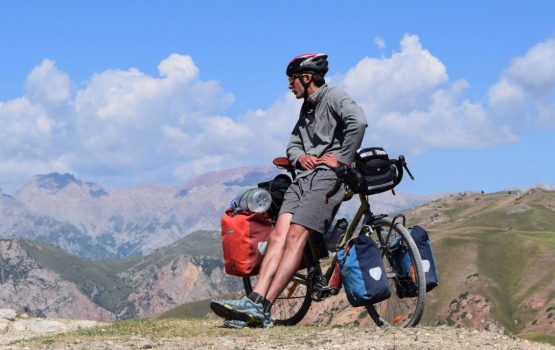
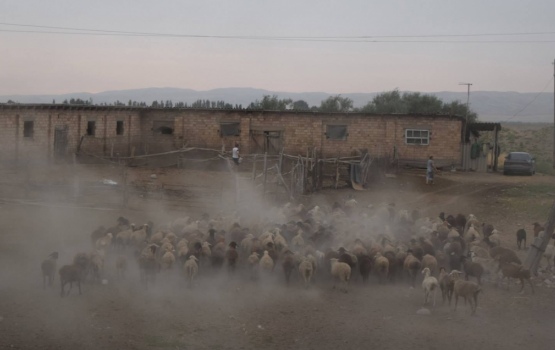
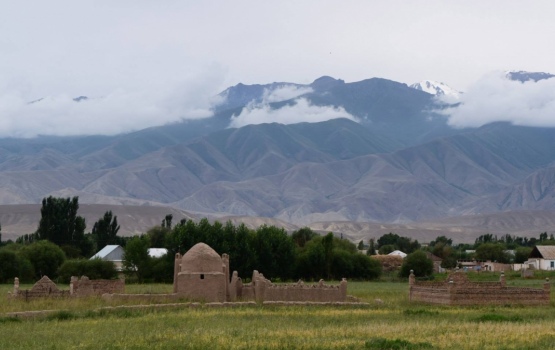

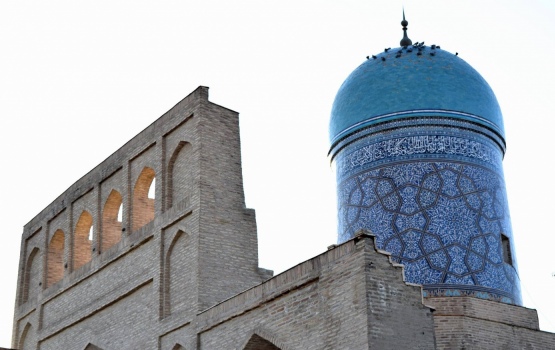

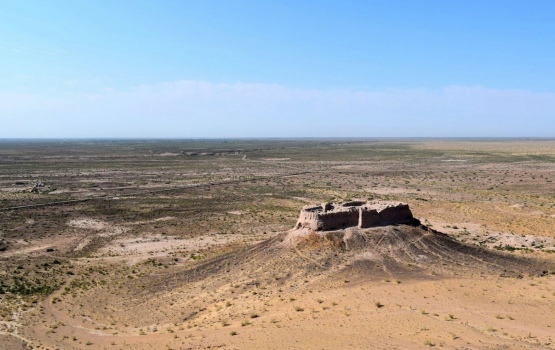

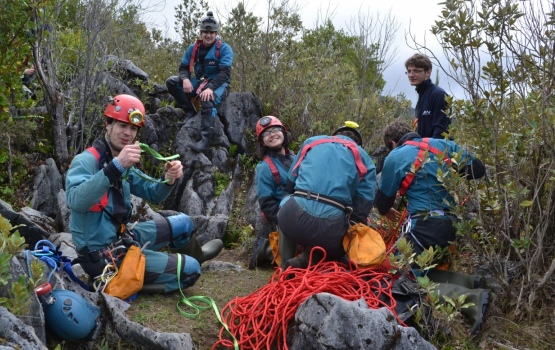
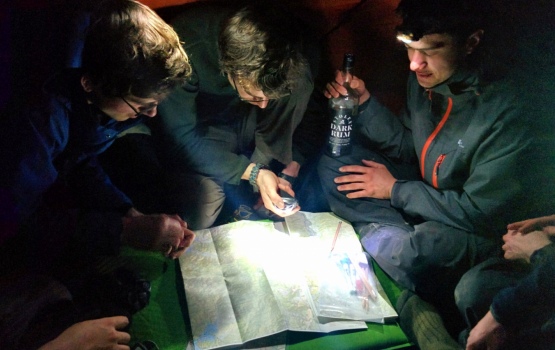
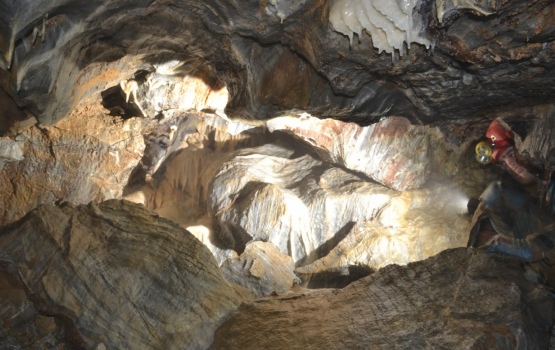
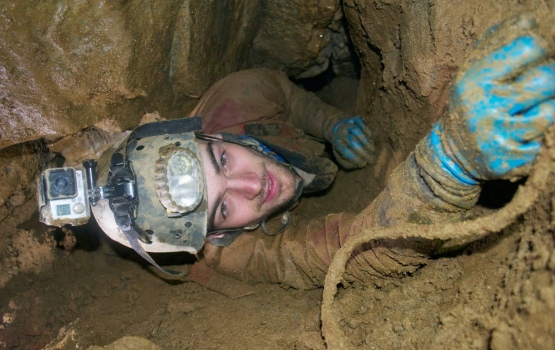

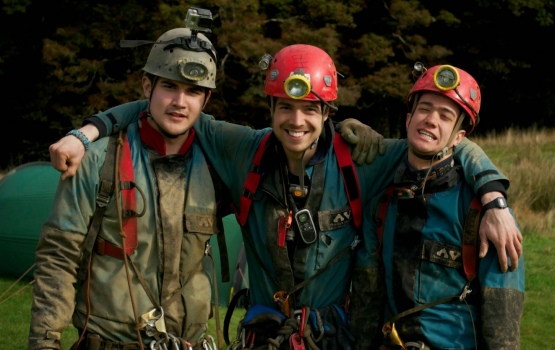
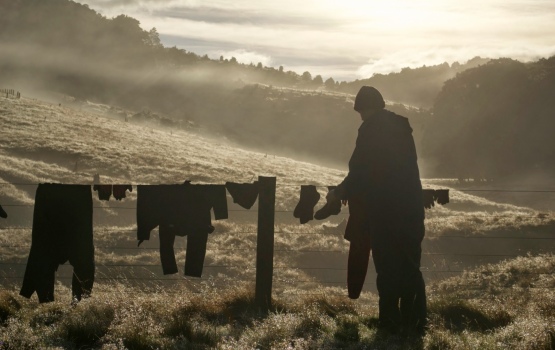


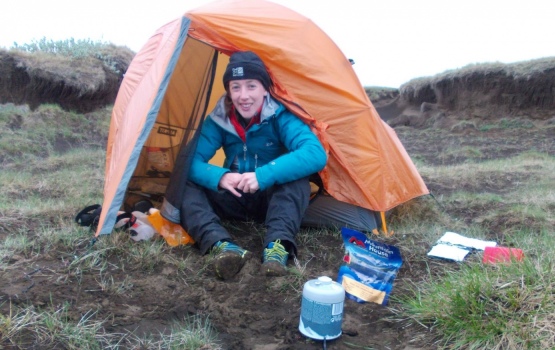

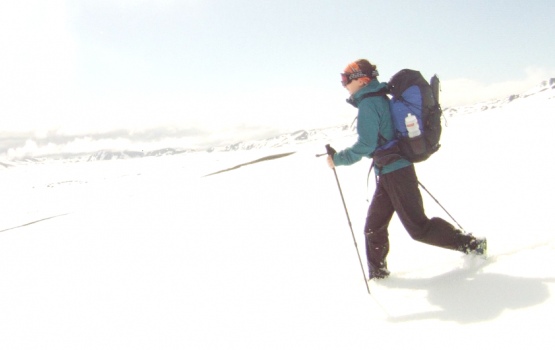








Leave a comment
Your comment may be published, displaying your name as you provide it, unless you request otherwise. Your contact details will never be published.